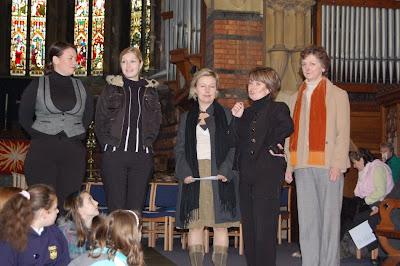 Gelert, as this dog came to be known, was an enormous, yet fiercely loyal Wolfhound who quickly gained his owner’s trust and love.
Gelert, as this dog came to be known, was an enormous, yet fiercely loyal Wolfhound who quickly gained his owner’s trust and love.
One day the Prince went hunting, leaving his infant heir under the protection of some of his servants. The servants decided to leave the child to go for a walk.
While hunting, the Prince noticed that his lead dog Gelert was not present, and imagining he had returned home, the Prince called off the hunt.
Upon returning to his home, the Prince was met by Gelert covered in blood but wagging his tail. Horrified and fearing Gelert had been injured, the Prince rushed off his horse and began tending to the dog.
At that moment, the prince heard his wife scream and raced indoors to check on his son. Upon rushing into the child’s bedroom, Llywelyn found the cot upturned and the floor stained with blood, but no sign of his boy.
 Filled with rage, the Prince raced down to the courtyard and drew his sword, thrusting it into Gelert killing him with a whimper.
Filled with rage, the Prince raced down to the courtyard and drew his sword, thrusting it into Gelert killing him with a whimper.When the Prince returned to his son’s cot he turned it over and found his boy safely concealed beneath. What the Prince had failed to see was an enormous wolf lying dead in a pool of blood in the corner of the room. Realising his mistake, the Prince wept.
Gelert had returned home after seeing the servants, left to protect the baby heir, walking in the woods. Upon entering the castle, Gelert found a huge wild wolf in the babies’ room and after a fierce fight, in which he was badly injured, Gelert killed the wolf.

Prince Llywelyn never spoke again and buried Gelert in a grave covered with stones. As a mark of his devotion, Prince Llywelyn named the local village Beddgelert (Gelert’s grave).








